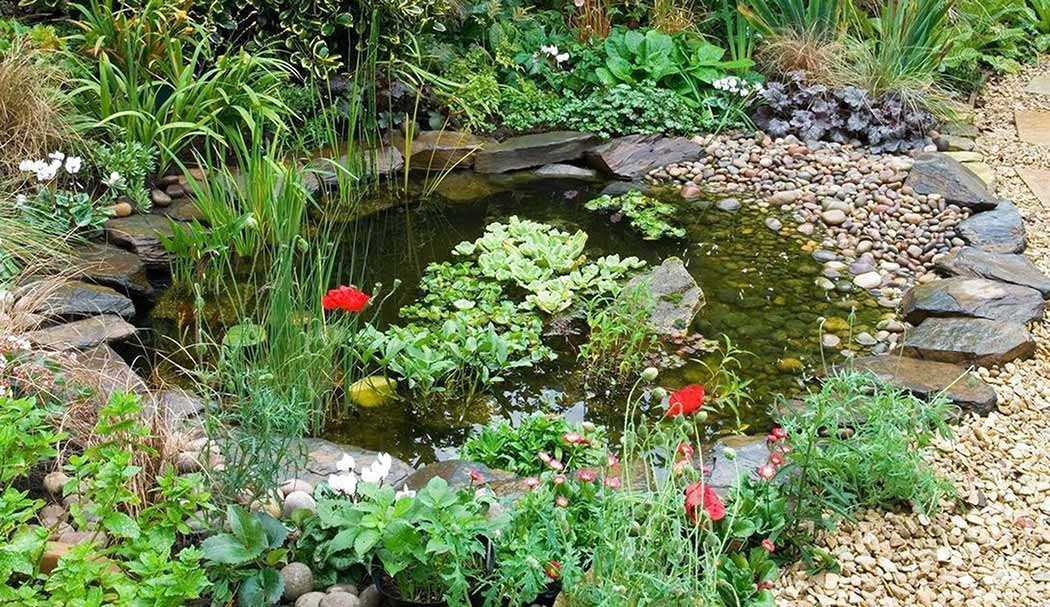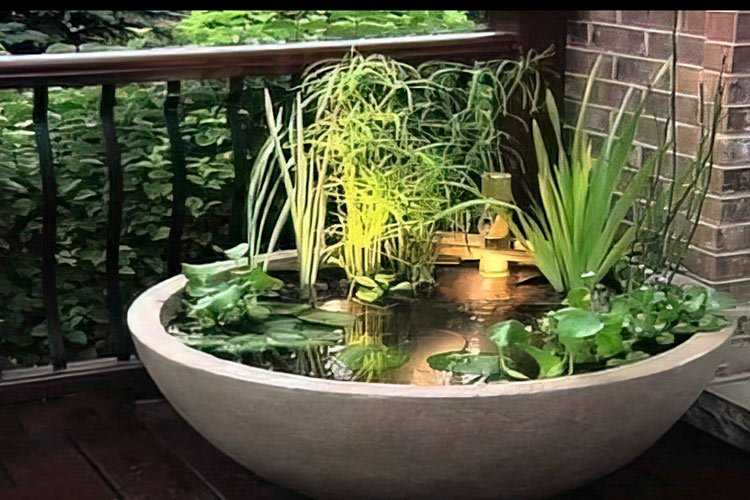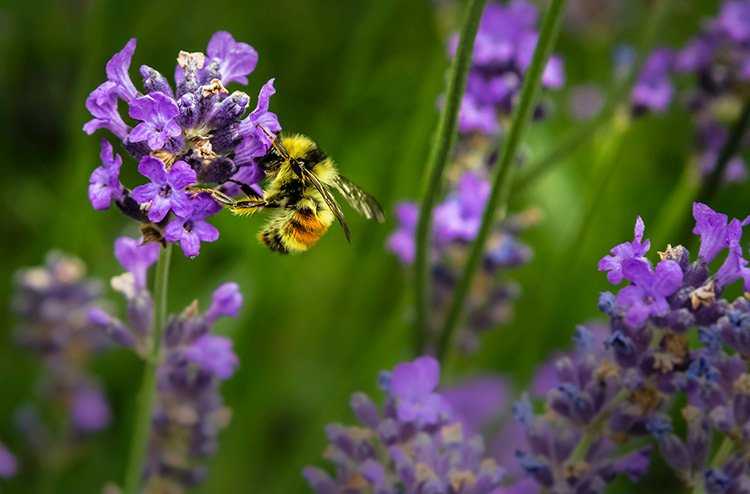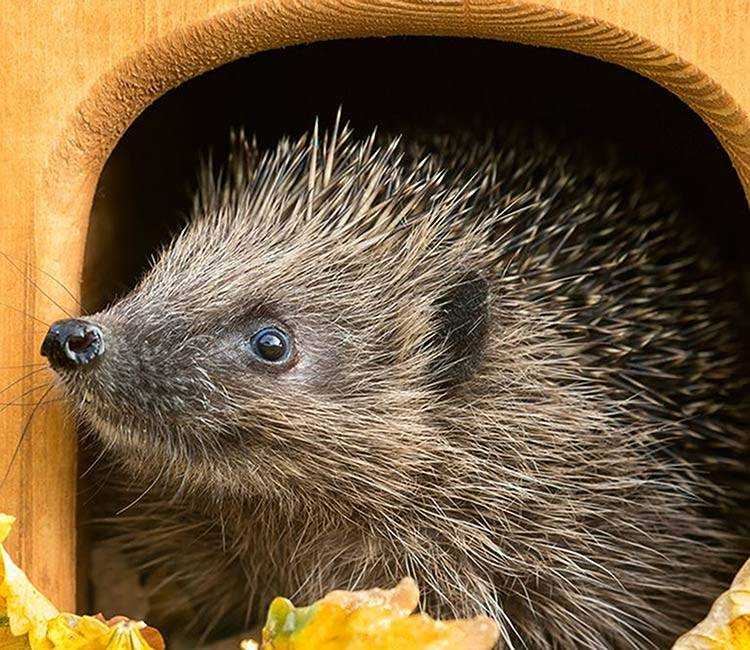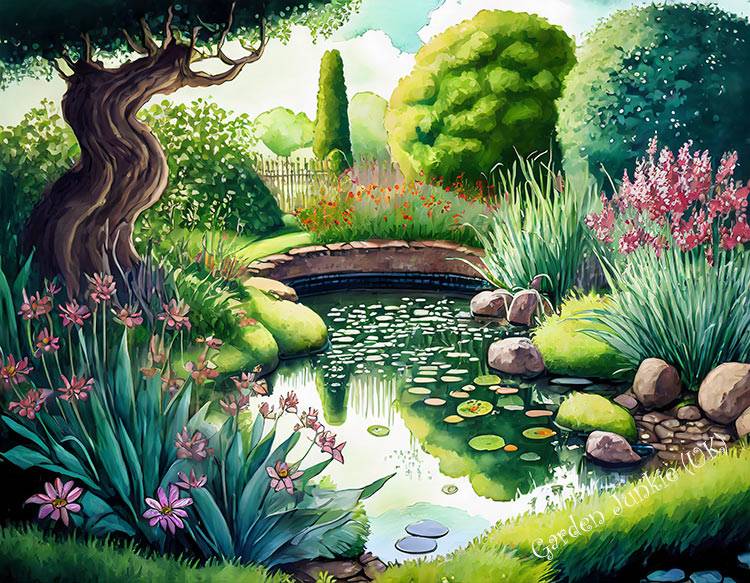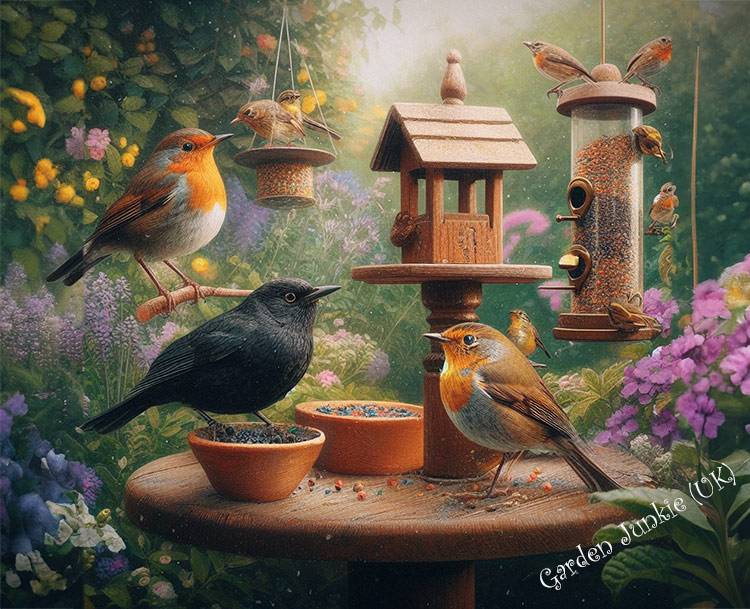Beautiful Plants For Your Interior
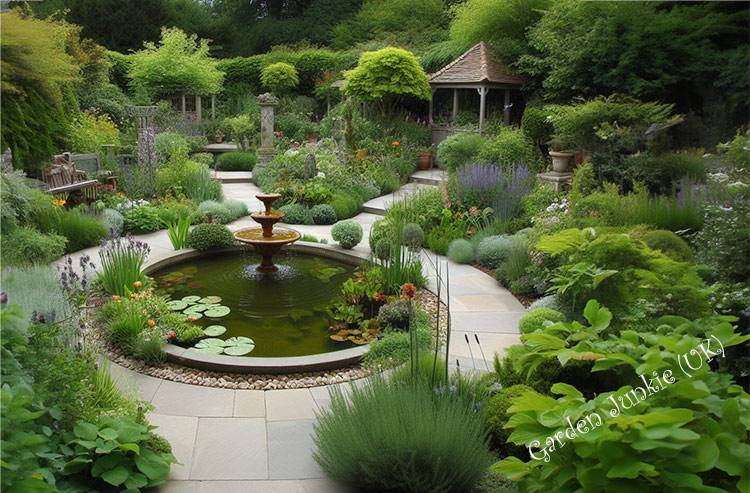
Creating gardens for wildlife is a ‘concept’ that has gained popularity in recent years as people become more aware of the impact that humans have on our environment. Gardens can be transformed into wildlife havens, providing habitats for a wide range of creatures, from birds and bees to hedgehogs and frogs. The UK is home to a very diverse range of wildlife, and your garden can play a vital role in helping to conserve and protect it.
The Benefits of Creating a Garden for Wildlife in The UK
From this page on Garden Junkie, you will find other pages and posts below which will explore the benefits of creating a garden for wildlife in the UK, the different types of wildlife that can be attracted to gardens, and the steps that can be taken to create a wildlife-friendly garden. We will also look at some of the challenges that can be faced when creating a garden for wildlife and how they can be overcome.
Creating a garden for wildlife in the UK has numerous benefits, both for the environment and for the people who create it. One of the most significant benefits is that gardens can provide habitats for a wide range of creatures, helping to increase biodiversity and conserve vulnerable species. By creating a garden for wildlife, you can help to protect and preserve the UK’s natural heritage.
Another benefit of creating a garden for wildlife is that it can provide a peaceful and relaxing space for people to enjoy. Spending time in nature has been shown to have numerous mental health benefits, including reducing stress and anxiety and improving mood and self-esteem. A wildlife-friendly garden can provide a space for people to connect with nature and enjoy the beauty of the natural world.
The Different Types of Wildlife That Can Be Attracted to Gardens
By creating a range of different habitats, such as ponds, wildflower meadows, and bird boxes, you can certainly attract a diverse range of creatures to your garden.
Birds and the UK has them in abundance, are one of the most common and easiest species of wildlife that can be attracted to gardens. By providing bird feeders, bird baths, and nesting boxes, you can create a habitat that is attractive to a range of different bird species, including robins, bluetits, and blackbirds.
Bees and other pollinators are also important visitors to gardens. By planting a range of different flowers, you can provide a source of nectar and pollen for bees, butterflies, and other pollinators. This can help to support the UK’s agricultural industry, as many crops rely on pollinators for fertilisation.
Hedgehogs are another common visitor to gardens. These prickly creatures are nocturnal and can often be seen snuffling around gardens in search of food. By creating a hedgehog-friendly garden, with features such as log piles, hedgehog boxes, and holes in fences to allow access, you can help to provide a safe and welcoming habitat for these delightful creatures.
Frogs and toads are also common visitors to gardens, particularly those with ponds. By creating a pond in your garden, you can provide a habitat for these amphibians, as well as a range of other aquatic wildlife, such as dragonflies and water beetles.
Steps to Create a Wildlife-Friendly Garden
Creating a wildlife-friendly garden is relatively simple, and there are a few key steps that can be taken to make your garden more attractive to wildlife. The first step is to create a range of different habitats, such as ponds, wildflower meadows, and bird boxes, to attract a diverse range of creatures.
Planting a range of different flowers is also important, as this can provide a source of nectar and pollen for bees and other pollinators. Choosing native plants is particularly beneficial, as these are adapted to the UK’s climate and soil conditions and are more likely to attract local wildlife.
Providing food and water sources is also important, particularly for birds and hedgehogs. Bird feeders and bird baths can be used to attract birds, while hedgehogs can be provided with food and water dishes, as well as hedgehog boxes for shelter.
It is important to be mindful of the use of pesticides and other chemicals in the garden. These can be harmful to wildlife and can disrupt the delicate balance of the ecosystem. Using natural pest control methods, such as companion planting and biological controls, can help to keep pests at bay without harming wildlife.
Challenges and How to Overcome Them
Creating functional gardens for wildlife in the UK can be challenging, particularly in urban areas where space is limited and there are often competing demands on the land. However, there are a few key strategies that can be used to overcome these challenges.
One of the most significant challenges is the lack of space in urban areas. However, even small gardens can be transformed into wildlife havens, with the use of containers, vertical gardening, and other space-saving techniques. Community gardens and allotments can also be used to create larger wildlife-friendly spaces, providing a shared resource for residents.
Another challenge is the presence of predators, such as cats and foxes, which can pose a threat to wildlife in the garden. However, there are a few strategies that can be used to reduce the impact of predators, such as using prickly plants to deter cats and installing fencing to prevent foxes from entering the garden.
Finally, it is important to be mindful of the impact of human activity on wildlife in the garden. Activities such as mowing the lawn and using power tools can disturb wildlife and disrupt the delicate balance of the ecosystem. By being mindful of these impacts and taking steps to minimise them, such as mowing less frequently and using hand tools instead of power tools, it is possible to create a garden that is both wildlife-friendly and enjoyable for people.
Conclusion
Creating gardens for wildlife in the UK can be a rewarding and fulfilling activity that can have numerous benefits for both the environment and for people. By providing habitats for a wide range of creatures, gardens can help to increase biodiversity and conserve vulnerable species, while also providing a peaceful and relaxing space for people to enjoy.
Creating gardens for wildlife in the UK is a wonderful way to connect with nature and help protect and preserve the UK’s natural heritage. With a little effort and creativity, it is possible to transform even the smallest of gardens into a wildlife haven, providing a home for a diverse range of creatures and a source of joy and inspiration for people.
Featured
Gardens For Wildlife
Gardens For Wildlife (Sub-Categories)
Ponds
Bees
Birds

